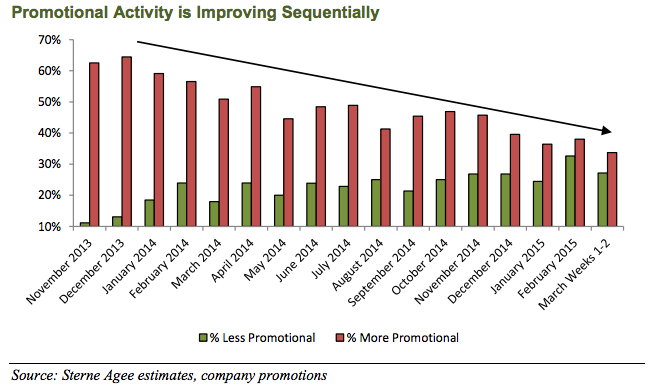Comments due by March 15, 2015
TOKYO – Six months after Thomas Piketty's book
Capital in the Twenty-First Century generated so much buzz in the United States and Europe, it has become a bestseller in Japan. But vast differences between Japan and its developed counterparts in the West, mean that, like so many other Western exports, Piketty's argument has taken on unique characteristics.
Piketty's main assertion is that the leading driver of increased inequality in the developed world is the accumulation of wealth by those who are already wealthy, driven by a rate of return on capital that consistently exceeds the rate of GDP growth. Japan, however, has
lower levels of inequality than almost every other developed country. Indeed, though it has long been an industrial powerhouse, Japan is frequently called the world's most successful communist country.
Japan has a high income-tax rate for the rich (45%), and the inheritance tax rate recently was raised to 55%. This makes it difficult to accumulate capital over generations – a trend that Piketty cites as a significant driver of inequality.
As a result, Japan's richest families typically lose their wealth within three generations. This is driving a growing number of wealthy Japanese to move to Singapore or Australia, where inheritance taxes are lower. The familiarity of Japan, it seems, is no longer sufficient to compel the wealthy to endure the high taxes imposed upon them.
In this context, it is not surprising that Japan's “super-rich" remain a lot less wealthy than their counterparts in other countries. In the US, for example, the average income of the top one percent of households was $1,264,065 in 2012,
according to the investment firm Sadoff Investment Research. In Japan, the top 1% of households earned about $240,000, on average (at 2012 exchange rates).
Yet Japanese remain sensitive to inequality, driving even the richest to avoid ostentatious displays of wealth. One simply does not see the profusion of mansions, yachts, and private jets typical of, say, Beverly Hills and Palm Beach.
For example, Haruka Nishimatsu, former President and CEO of Japan Airlines,
attracted international attention a few years ago for his modest lifestyle. He relied on public transportation and ate lunch with employees in the company's cafeteria. By contrast, in China, the heads of national companies are well known for maintaining grandiose lifestyles.
We Japanese have a deeply ingrained stoicism, reflecting the Confucian notion that people do not lament poverty when others lament it equally. This willingness to accept a situation, however bad, as long as it affects everyone equally is what enabled Japan to endure two decades of deflation, without a public outcry over the authorities' repeated failure to redress it.
This national characteristic is not limited to individuals. The government, the central bank, the media, and companies wasted far too much time simply enduring deflation – time that they should have spent working actively to address it.
Japan finally has a government, led by Prime Minister Shinzo Abe, that is committed to ending deflation and reinvigorating economic growth, using a combination of expansionary monetary policy, active fiscal policy, and deregulation. Now in its third year, so-called “Abenomics" is showing some positive results. Share prices have risen by 220% since Abe came to power in December 2012. And corporate performance has improved – primarily in the export industries, which have benefited from a depreciated yen – with many companies posting their highest profits on record.
But Abenomics has yet to benefit everyone. In fact, there is a sense that Abe's policies are contributing to rising inequality. That is why Piketty's book appeals to so many Japanese.
For example, though the recent reduction in the corporate-tax rate was necessary to encourage economic growth and attract investment, it seems to many Japanese to be a questionable move at a time when the consumption-tax rate has been increased and measures to address deflation are pushing up prices. To address this problem, the companies that enjoy tax cuts should increase their employees' wages to keep pace with rising prices, instead of waiting for market forces to drive them up.
Herein lies the unique twist that Piketty's theory takes on in Japan: the disparity is not so much between the super-rich and everyone else, but between large corporations, which can retain earnings and accumulate capital, and the individuals who are being squeezed in the process.
(Project Syndicate)





